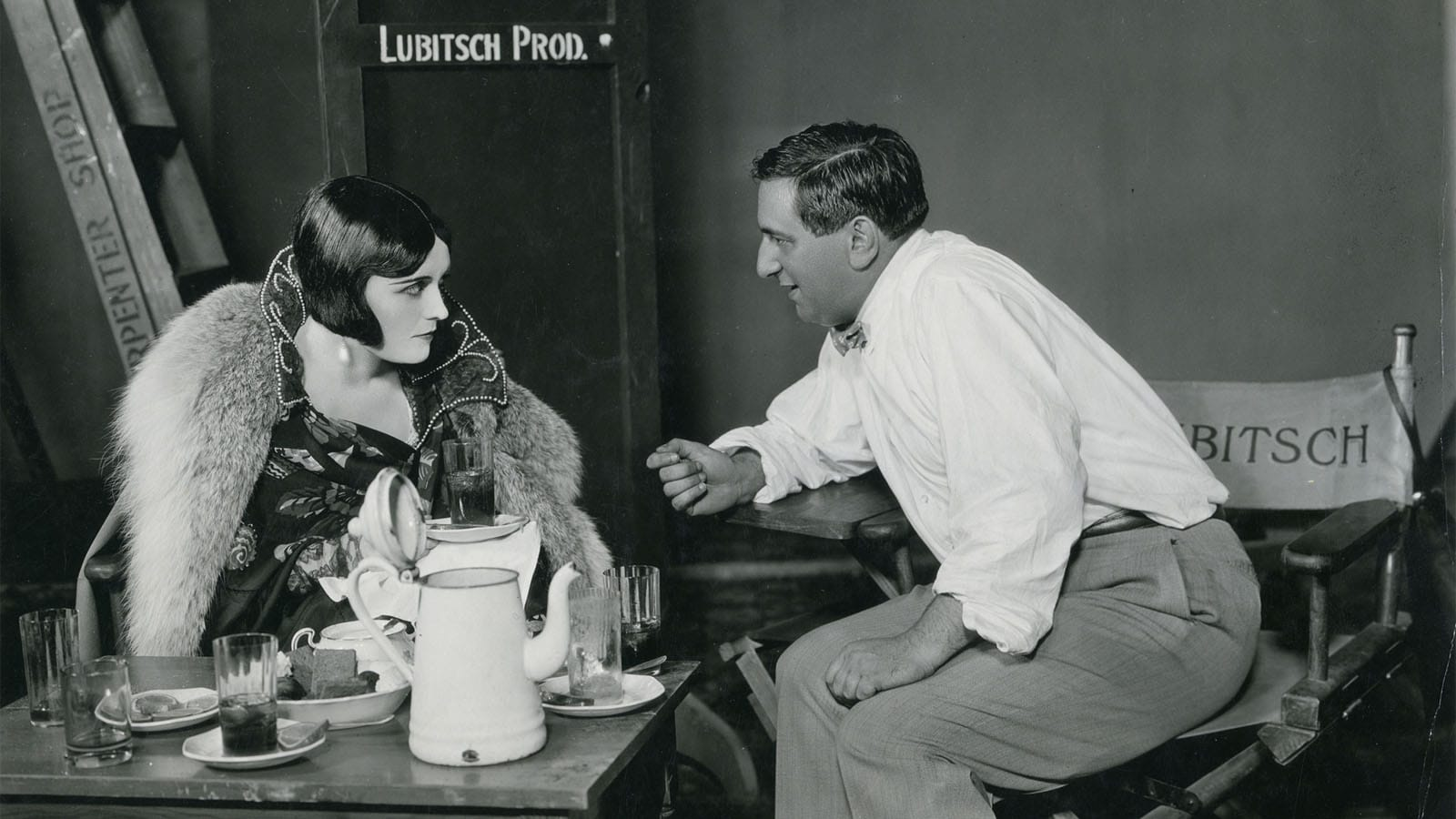To Save and Project 2019

Ernst Lubitsch, Chantal Akerman, Yvonne Rainer, André de Toth, F. W. Murnau, Curtis Harrington, Ida Lupino, Arturo Ripstein, Jenni Olson, and an eclectic array of rediscoveries are drawing New Yorkers to the Museum of Modern Art, where To Save and Project, MoMA’s annual festival of film preservation, is running through the end of the month. Let’s begin with Lubitsch, whose Forbidden Paradise (1924), screening tomorrow, is his eighth and final collaboration with Pola Negri. She plays a Czarina who rules over a land that never was, an “engaging blend of eighteenth-century imperial grandeur and twentieth-century urban detail,” as MoMA curator Dave Kehr wrote in his program notes for last October’s Pordenone Silent Film Festival. It’s a land of “motorcars that suddenly appear in feudal landscapes” and “a queen who startles and dismays her ladies-in-waiting by deciding to bob her hair in the latest French fashion.”
Dispatching back to Silent London from Pordenone, Pamela Hutchinson was utterly delighted by Forbidden Paradise. “Mustaches are twirled,” she wrote. “Fingers and furtive glances are everywhere. A revolution rages and is quashed, and always, behind a door, Negri is making a conquest or throwing a plan into disarray.” In the Notebook, David Cairns points out that, while this new version is more complete than any we’ve had in decades, there are still a few shots missing. “The clever work by MoMA and the Film Foundation restores the ruptured narrative clarity by duplicating shots and other trickery,” he writes, “but [it] can never achieve the original seamlessness of Lubitsch’s decoupage. But it’s a joy to at last be able to see this crucial work. Present and correct: Ruritanian kingdom; lusty empress; cunning aide; dopey male lead; doting innocent; doors (and keyholes).”
For Farran Smith Nehme, one of next week’s highlights will be Alexander Korda’s The Private Life of Henry VIII (1933). “Historians sigh and roll their eyes,” she writes in her overview of this year’s festival, “but Charles Laughton’s carnivorous oversexed mountain of a man remains what critic Michael Koresky calls the ‘culturally definitive’ portrait of Henry VIII. Laughton was just thirty-four and turns in a raucous, brawling performance that’s one of the best things this great actor ever did.” Ida Lupino’s Never Fear (a.k.a. The Young Lovers, 1950), which runs for a full week starting January 25, is “also a must.” Nehme reflects, too, on the troubled life of Sterling Hayden, star of André de Toth’s Crime Wave (1954) and the subject of two portraits, Wolf-Eckart Bühler and Manfred Blank’s Pharos of Chaos (1983) and Bühler’s The Shipwrecker (1984). All three films screen on Saturday.
Tonight, experimental filmmaker Peggy Ahwesh, who studied with Tony Conrad in the late 1970s before moving to Pittsburgh to work as a production assistant for George A. Romero, will introduce her ten-minute film The Color of Love (1994). Since 1990, Ahwesh has been teaching at Bard College and, as she explained to Scott MacDonald in an interview that ran in the winter 2003 issue of Millennium Film Journal, it was there that, while rummaging through a box of film cans that had been left out in the rain, she discovered a “pretty interesting” reel of Super-8 footage depicting a threesome, two women and a man just going at it. “I did an improv on the optical printer with the footage,” she told McDonald. “I filtered it a bit, made it a little more purple, but basically, the undulations, the emulsion decay, and the color are what was there.”
The Color of Love is dedicated to sexpolitation goddess Doris Wishman, and in 1995, Ahwesh, an ardent fan, put together a zine, The Films of Doris Wishman, which Inpatient Press and Light Industry have republished as a complete facsimile with new bonus material. Tonight’s program at MoMA features the American Genre Film Archive’s restoration of Wishman’s Nude on the Moon (1961). Two male scientists land on the lunar surface to find that it is, as Abbey Bender describes it for Artforum, “populated with verdant trees, sculptural stone formations, and lipsticked ladies wearing nothing more than panties and cheap-looking antenna headbands,” all suggesting “a postcard sent from an uncanny tourist trap.” At Screen Slate, Caroline Golum observes that “Nude belongs to that long-forgotten category of soft pornography designed to titillate and intrigue, rather than outrageously arouse,” and the soundtrack contributes to an overall sense of harmless fun: “Daniel Hart’s jazzy score, bookended by crooner Ralph Young’s love theme ‘Moon Doll,’ wouldn’t be out of place in a swank bachelor pad.”
Discussing this year’s To Save and Project program on the latest Film Comment Podcast with FC editor Nicolas Rapold and Screen Slate founder Jon Dieringer, programmer Nellie Killian notes that Wishman and Roger Ebert appeared together on Late Night with Conan O’Brien in March 2002 (and just five months later, Wishman would pass away at the age of ninety). She’d come on the show to promote her latest feature, Dildo Heaven—and to ask Ebert why he hadn’t included it on his latest list of the year’s best films. He diplomatically replied that he hadn’t seen Dildo Heaven yet, but he did, in turn, have a question for her. Why did she make two films with exotic dancer Chesty Morgan in 1974 and have her keep her clothes on? “Well, I’m sorry you’re frustrated,” she snapped back. And then, laying a hand on his arm, she asked, “Is there anything I can do?”
For news and items of interest throughout the day, every day, follow @CriterionDaily.



